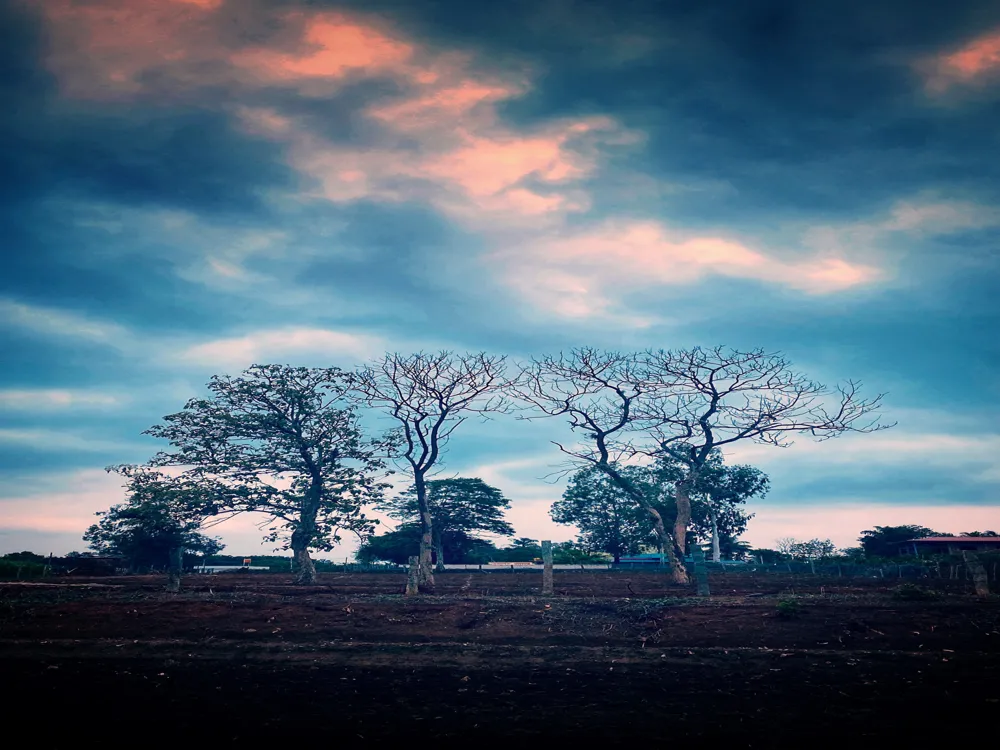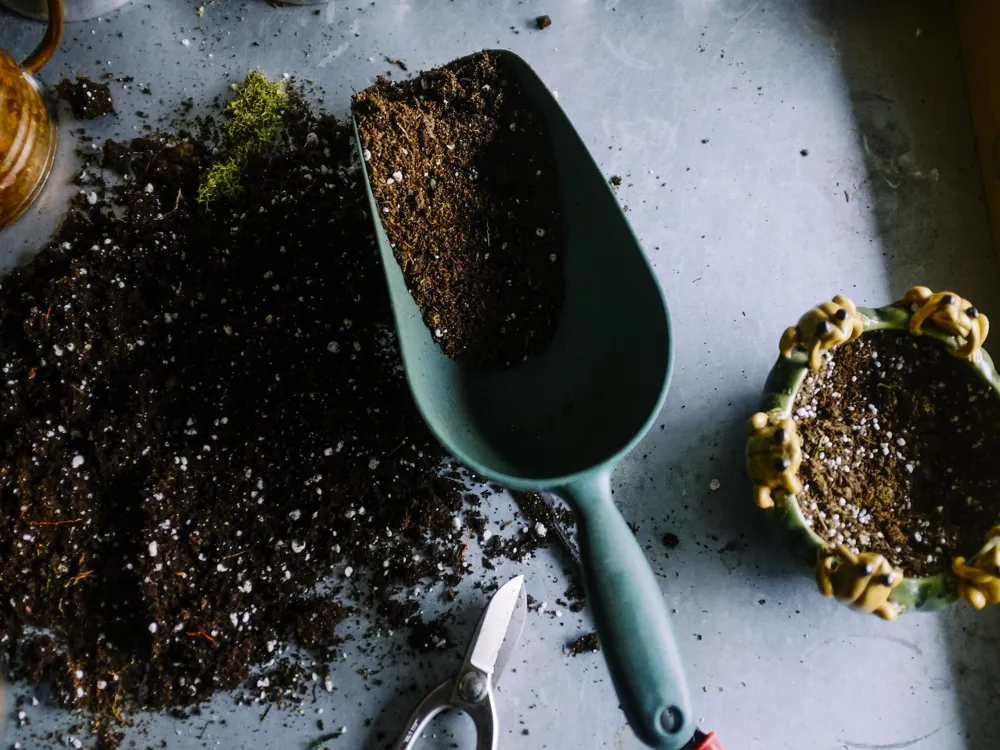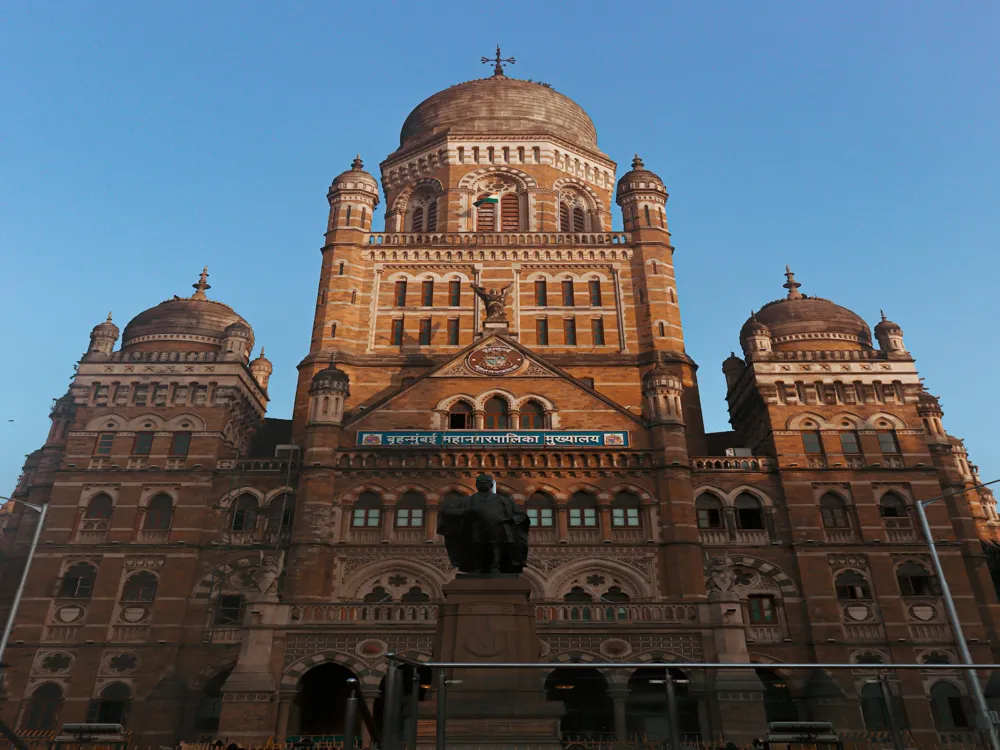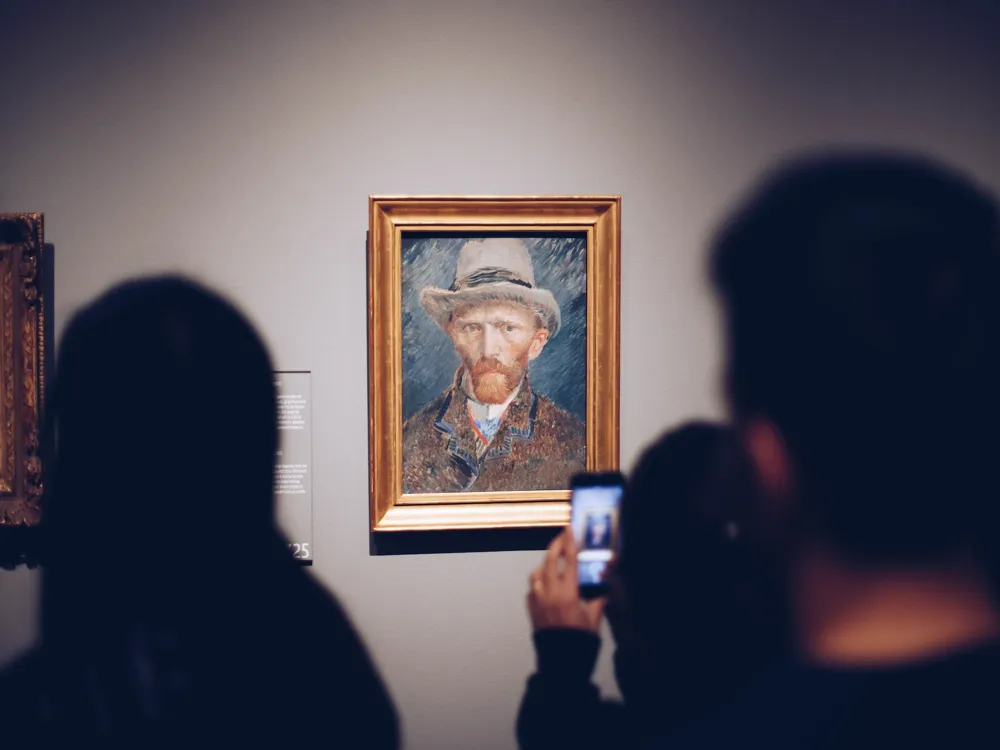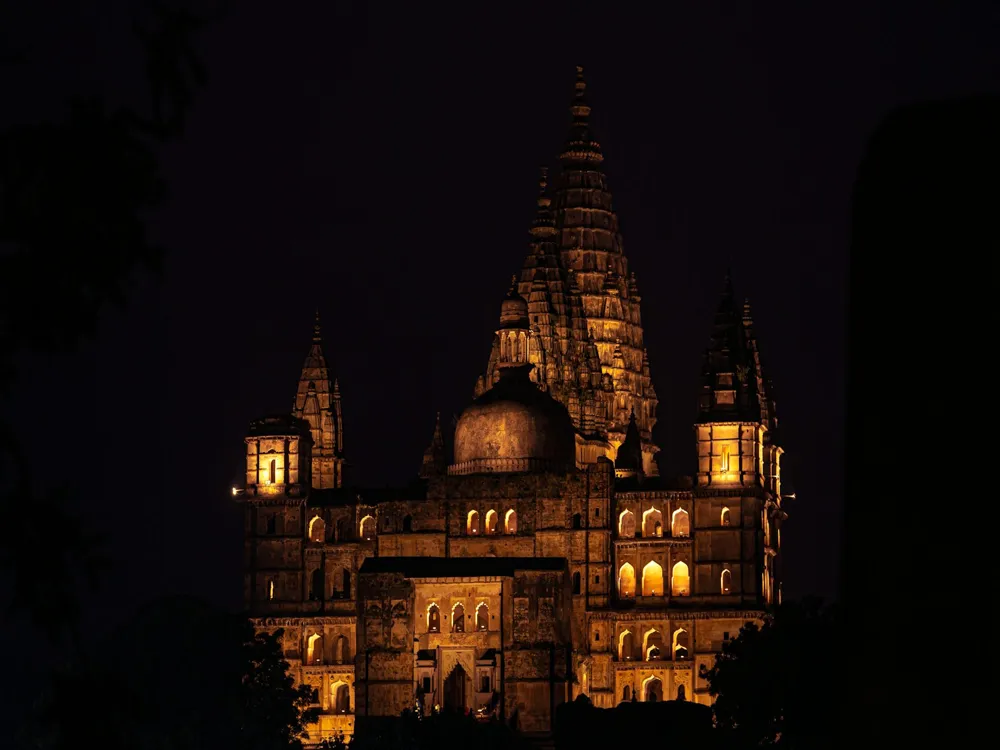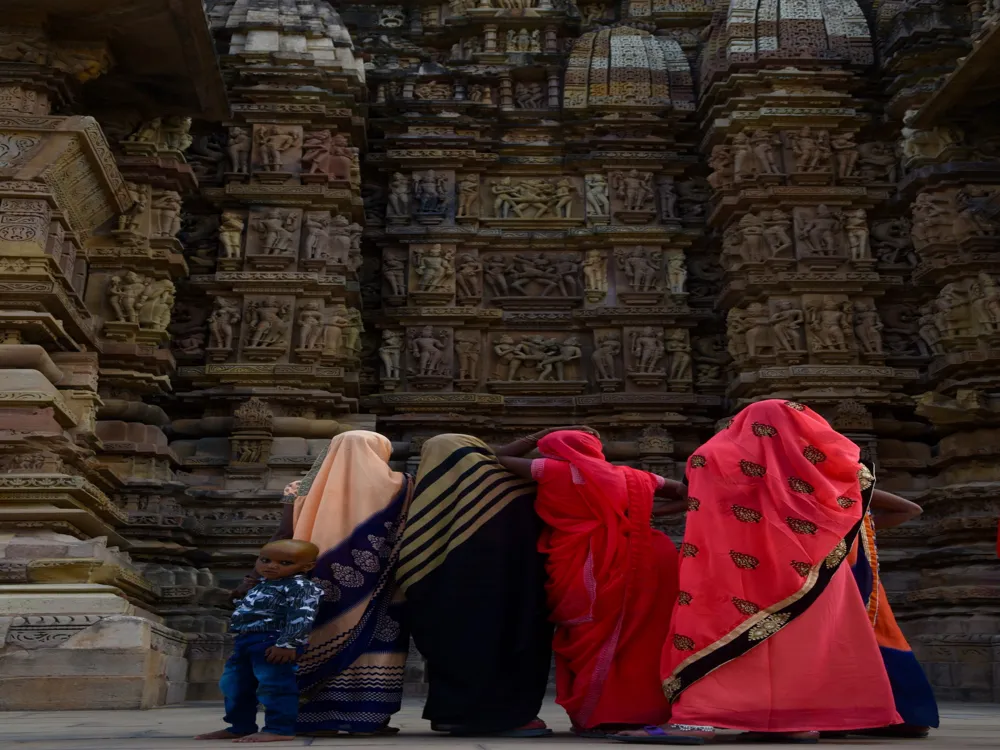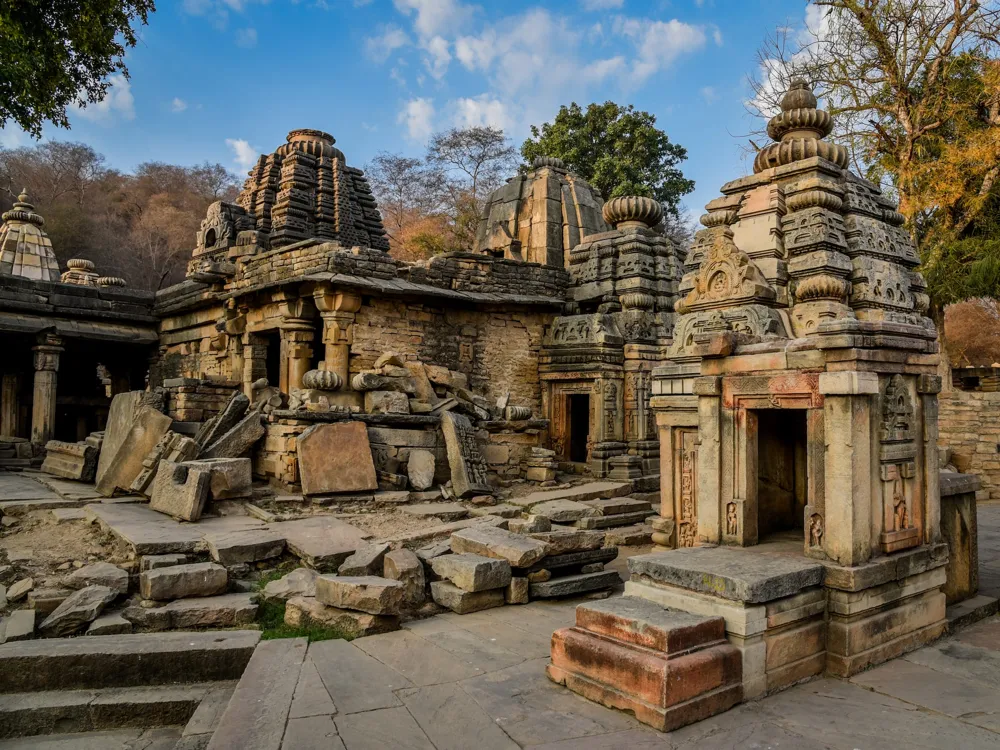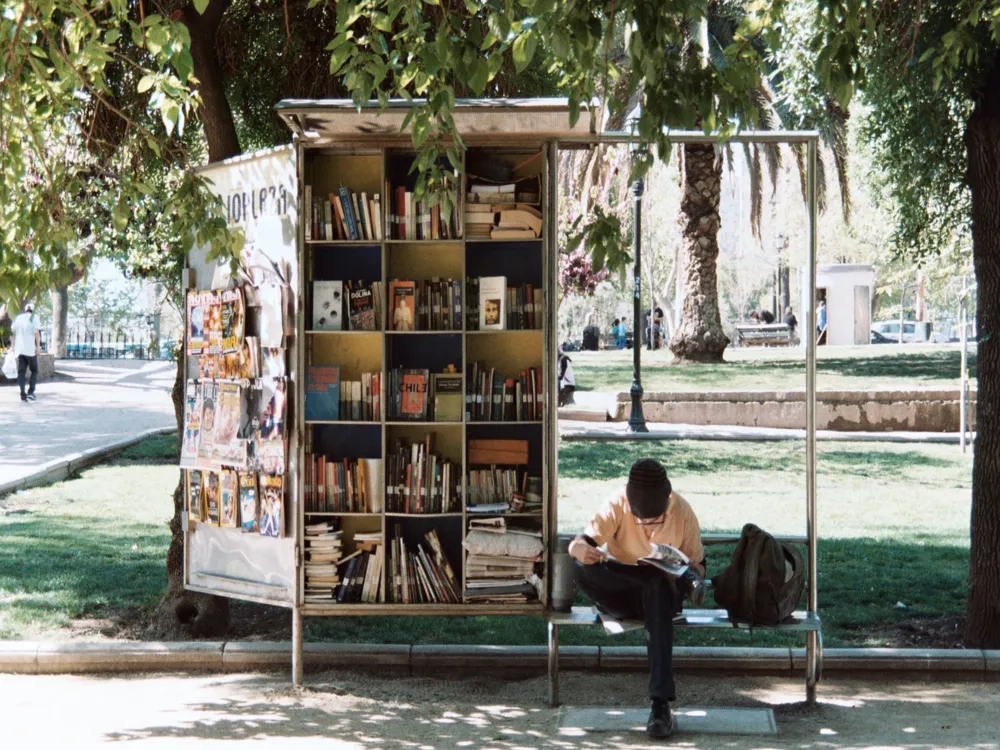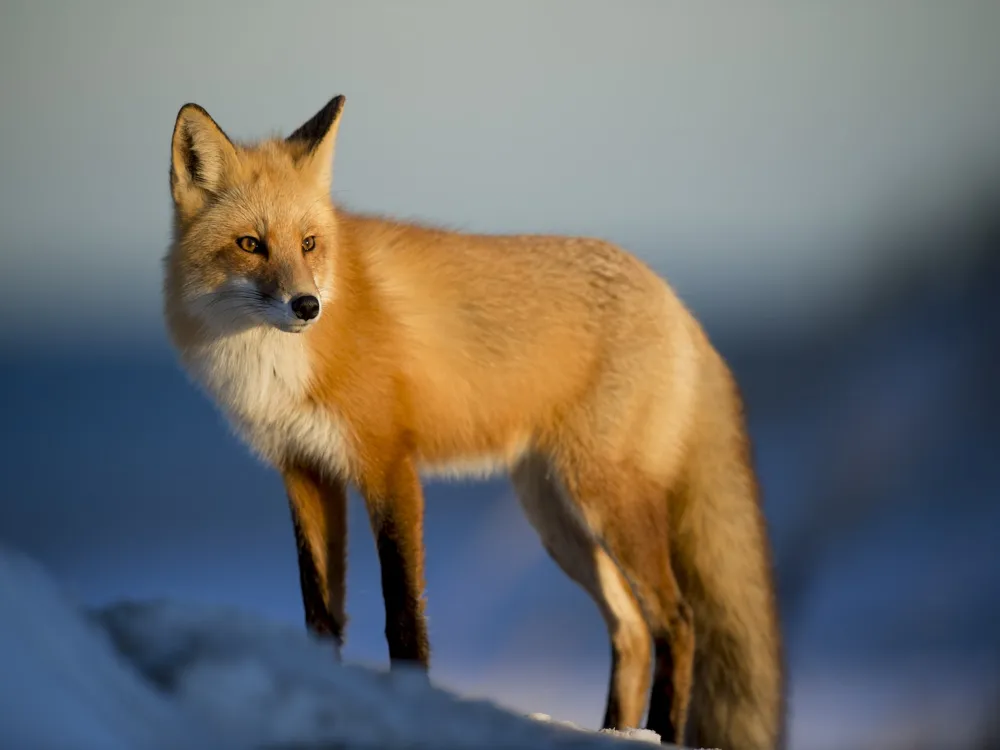The Bundelkhand region, with Jhansi as its central hub, is a tapestry of historical grandeur and cultural magnificence in Uttar Pradesh, India. This area, steeped in history, boasts a plethora of ancient forts, temples, and ruins that echo the tales of bravery and architectural prowess. The circuit not only offers a journey through time but also serves as a testament to the region's rich cultural and historical heritage. Bundelkhand's history is deeply intertwined with the legendary tales of Rani Lakshmibai of Jhansi, who became a symbol of resistance against the British Raj. The landscape of this region is dotted with fortresses and palaces that stand as proud reminders of its glorious past. The region's strategic importance through centuries has bequeathed it with a unique blend of cultural influences, making it a fascinating destination for history buffs, culture enthusiasts, and travelers alike. The area's rugged topography, with rocky terrain and undulating hills, adds to its mystique, making it a perfect setting for its historical narrative. As you explore Bundelkhand, you immerse yourself in an era gone by, witnessing the architectural marvels and experiencing the tales of valor and chivalry that are an intrinsic part of the region's ethos. The architecture of Bundelkhand is a rich amalgamation of various styles, influenced by the dynastic rule of the Rajputs, Mughals, and even the British. This fusion has resulted in a distinctive architectural style that is both grand and intricate. The region's forts, temples, and palaces are characterized by heavy fortifications, ornate gateways, and beautifully carved temples. The Jhansi Fort, a prime example of Bundelkhand architecture, stands tall with its imposing walls and intricately carved structures. It is a symbol of resistance and bravery. The fort's architecture reflects a blend of Hindu and Islamic styles, indicative of the cultural confluence that this region has witnessed. The use of local sandstone in construction gives the structures a unique reddish hue, further adding to their visual appeal. Temples in Bundelkhand, such as the Chaturbhuj Temple and the Laxmi Temple in Orchha, showcase exquisite craftsmanship. These temples are adorned with intricate carvings, depicting various deities, dancers, and musicians, and are a testament to the skilled artisans of the era. The stepwells, another architectural marvel, served as water reservoirs and social gathering places, displaying both functionality and beauty in their design. October to March is the ideal time to visit the Bundelkhand region, owing to the pleasant weather conditions. Respect local customs and dress modestly while visiting religious sites. Photography might be restricted in certain areas. Stay hydrated, especially during the summer months. Ensure to have travel insurance for any unforeseen events. Do try the local cuisine, which includes delicacies like Poha and Dal Bafla. Street food is a must-try for the adventurous eater. Bundelkhand is well-connected by road, rail, and air. The nearest major Jhansi airport is in Khajuraho, with Jhansi being the central railway hub. Regular bus services are also available from major cities like Delhi and Lucknow. For a more immersive experience, one can opt for a road trip through the rustic landscapes of Uttar Pradesh, discovering the unexplored facets of Bundelkhand. Read MoreOverview of Bundelkhand Circuit, Jhansi, Uttar Pradesh
Architecture of Bundelkhand Circuit
Tips When Visiting Bundelkhand Circuit
Best Time to Visit
Cultural Etiquette
Safety and Health
Local Cuisine
How To Reach Bundelkhand Circuit
Bundelkhand circuit
Jhansi
Uttar Pradesh
NaN onwards
View jhansi Packages
Jhansi Travel Packages
View All Packages For Jhansi
Top Hotel Collections for Jhansi

Private Pool

Luxury Hotels

5-Star Hotels

Pet Friendly
Top Hotels Near Jhansi
Other Top Ranking Places In Jhansi
View All Places To Visit In jhansi
View jhansi Packages
Jhansi Travel Packages
View All Packages For Jhansi
Top Hotel Collections for Jhansi

Private Pool

Luxury Hotels

5-Star Hotels

Pet Friendly







